John Bird BSc (Hons) CEng CMath CSci FIET MIEE FIIE FIMA FCollT0750685557, 9780750685559, 9780080551227
Table of contents :
Engineering Mathematics, Fifth edition……Page 4
Copyright Page……Page 5
Contents……Page 6
Preface……Page 13
Section 1 Number and Algebra……Page 16
1.1 Fractions……Page 18
1.2 Ratio and proportion……Page 20
1.3 Decimals……Page 21
1.4 Percentages……Page 24
2.1 Indices……Page 26
2.2 Worked problems on indices……Page 27
2.3 Further worked problems on indices……Page 28
2.5 Worked problems on standard form……Page 30
2.6 Further worked problems on standard form……Page 31
2.7 Engineering notation and common prefixes……Page 32
3.2 Conversion of binary to decimal……Page 34
3.3 Conversion of decimal to binary……Page 35
3.4 Conversion of decimal to binary via octal……Page 36
3.5 Hexadecimal numbers……Page 38
4.1 Errors and approximations……Page 42
4.2 Use of calculator……Page 44
4.3 Conversion tables and charts……Page 46
4.4 Evaluation of formulae……Page 47
Revision Test 1……Page 52
5.1 Basic operations……Page 53
5.2 Laws of Indices……Page 55
5.3 Brackets and factorisation……Page 57
5.4 Fundamental laws and precedence……Page 59
5.5 Direct and inverse proportionality……Page 61
6.1 Polynominal division……Page 63
6.2 The factor theorem……Page 65
6.3 The remainder theorem……Page 67
7.2 Worked problems on partial fractions with linear factors……Page 69
7.3 Worked problems on partial fractions with repeated linear factors……Page 72
7.4 Worked problems on partial fractions with quadratic factors……Page 73
8.2 Worked problems on simple equations……Page 75
8.3 Further worked problems on simple equations……Page 77
8.4 Practical problems involving simple equations……Page 79
8.5 Further practical problems involving simple equations……Page 80
Revision Test 2……Page 82
9.2 Worked problems on simultaneous equations in two unknowns……Page 83
9.3 Further worked problems on simultaneous equations……Page 85
9.4 More difficult worked problems on simultaneous equations……Page 87
9.5 Practical problems involving simultaneous equations……Page 88
10.2 Worked problems on transposition of formulae……Page 92
10.3 Further worked problems on transposition of formulae……Page 93
10.4 Harder worked problems on transposition of formulae……Page 95
11.2 Solution of quadratic equations by factorisation……Page 98
11.3 Solution of quadratic equations by ‘completing the square’……Page 100
11.4 Solution of quadratic equations by formula……Page 102
11.5 Practical problems involving quadratic equations……Page 103
11.6 The solution of linear and quadratic equations simultaneously……Page 105
12.2 Simple inequalities……Page 106
12.3 Inequalities involving a modulus……Page 107
12.4 Inequalities involving quotients……Page 108
12.5 Inequalities involving square functions……Page 109
12.6 Quadratic inequalities……Page 110
13.2 Laws of logarithms……Page 112
13.3 Indicial equations……Page 115
13.4 Graphs of logarithmic functions……Page 116
Revision Test 3……Page 117
14.2 Evaluating exponential functions……Page 118
14.3 The power series for e[sup(x)]……Page 119
14.4 Graphs of exponential functions……Page 121
14.6 Evaluating Napierian logarithms……Page 123
14.7 Laws of growth and decay……Page 125
15.2 Worked problems on arithmetic progressions……Page 129
15.3 Further worked problems on arithmetic progressions……Page 130
15.4 Geometric progressions……Page 132
15.5 Worked problems on geometric progressions……Page 133
15.6 Further worked problems on geometric progressions……Page 134
15.7 Combinations and permutations……Page 135
16.1 Pascal’s triangle……Page 137
16.3 Worked problems on the binomial series……Page 138
16.4 Further worked problems on the binomial series……Page 140
16.5 Practical problems involving the binomial theorem……Page 142
17.2 The Newton–Raphson method……Page 145
17.3 Worked problems on the Newton–Raphson method……Page 146
Revision Test 4……Page 148
Multiple choice questions on Chapters 1–17……Page 149
Section 2 Mensuration……Page 154
18.2 Properties of quadrilaterals……Page 156
18.3 Worked problems on areas of plane figures……Page 157
18.4 Further worked problems on areas of plane figures……Page 160
18.5 Worked problems on areas of composite figures……Page 162
18.6 Areas of similar shapes……Page 163
19.2 Properties of circles……Page 165
19.3 Arc length and area of a sector……Page 167
19.4 Worked problems on arc length and sector of a circle……Page 168
19.5 The equation of a circle……Page 170
20.2 Worked problems on volumes and surface areas of regular solids……Page 172
20.3 Further worked problems on volumes and surface areas of regular solids……Page 175
20.4 Volumes and surface areas of frusta of pyramids and cones……Page 179
20.5 The frustum and zone of a sphere……Page 182
20.6 Prismoidal rule……Page 185
20.7 Volumes of similar shapes……Page 187
21.1 Area of irregular figures……Page 189
21.2 Volumes of irregular solids……Page 191
21.3 The mean or average value of a waveform……Page 192
Revision Test 5……Page 197
Section 3 Trigonometry……Page 200
22.2 The theorem of Pythagoras……Page 202
22.3 Trigonometric ratios of acute angles……Page 203
22.4 Fractional and surd forms of trigonometric ratios……Page 205
22.5 Solution of right-angled triangles……Page 206
22.6 Angle of elevation and depression……Page 208
22.7 Evaluating trigonometric ratios of any angles……Page 210
22.8 Trigonometric approximations for small angles……Page 212
23.2 Angles of any magnitude……Page 214
23.4 Sine and cosine curves……Page 217
23.5 Sinusoidal form A sin(ωt ± α)……Page 221
23.6 Waveform harmonics……Page 224
24.2 Changing from Cartesian into polar co-ordinates……Page 226
24.3 Changing from polar into Cartesian co-ordinates……Page 228
24.4 Use of R → P and P → R functions on calculators……Page 229
Revision Test 6……Page 230
25.3 Worked problems on the solution of triangles and their areas……Page 231
25.4 Further worked problems on the solution of triangles and their areas……Page 233
25.5 Practical situations involving trigonometry……Page 235
25.6 Further practical situations involving trigonometry……Page 237
26.2 Worked problems on trigonometric identities……Page 240
26.3 Trigonometric equations……Page 241
26.4 Worked problems (i) on trigonometric equations……Page 242
26.5 Worked problems (ii) on trigonometric equations……Page 243
26.7 Worked problems (iv) on trigonometric equations……Page 244
27.1 Compound angle formulae……Page 246
27.2 Conversion of a sin ωt + b cos ωt into R sin(ωt + α)……Page 248
27.3 Double angles……Page 251
27.4 Changing products of sines and cosines into sums or differences……Page 253
27.5 Changing sums or differences of sines and cosines into products……Page 254
Revision Test 7……Page 256
Multiple choice questions on Chapters 18–27……Page 257
Section 4 Graphs……Page 262
28.2 The straight line graph……Page 264
28.3 Practical problems involving straight line graphs……Page 270
29.1 Determination of law……Page 276
29.2 Determination of law involving logarithms……Page 279
30.2 Graphs of the form y = ax[sup(n)]……Page 284
30.3 Graphs of the form y = ab[sup(x)]……Page 287
30.4 Graphs of the form y = ae[sup(kx)]……Page 288
31.1 Graphical solution of simultaneous equations……Page 291
31.2 Graphical solution of quadratic equations……Page 292
31.3 Graphical solution of linear and quadratic equations simultaneously……Page 296
31.4 Graphical solution of cubic equations……Page 297
32.1 Standard curves……Page 299
32.2 Simple transformations……Page 301
32.5 Even and odd functions……Page 306
32.6 Inverse functions……Page 308
Revision Test 8……Page 312
Section 5 Vectors……Page 314
33.2 Vector addition……Page 316
33.3 Resolution of vectors……Page 317
33.4 Vector subtraction……Page 320
34.2 Plotting periodic functions……Page 322
34.3 Determining resultant phasors by calculation……Page 323
Section 6 Complex Numbers……Page 326
35.1 Cartesian complex numbers……Page 328
35.3 Addition and subtraction of complex numbers……Page 329
35.4 Multiplication and division of complex numbers……Page 330
35.5 Complex equations……Page 332
35.6 The polar form of a complex number……Page 333
35.7 Multiplication and division in polar form……Page 335
35.8 Applications of complex numbers……Page 336
36.2 Powers of complex numbers……Page 340
36.3 Roots of complex numbers……Page 341
Revision Test 9……Page 344
Section 7 Statistics……Page 346
37.1 Some statistical terminology……Page 348
37.2 Presentation of ungrouped data……Page 349
37.3 Presentation of grouped data……Page 353
38.2 Mean, median and mode for discrete data……Page 360
38.3 Mean, median and mode for grouped data……Page 361
38.4 Standard deviation……Page 363
38.5 Quartiles, deciles and percentiles……Page 365
39.1 Introduction to probability……Page 367
39.3 Worked problems on probability……Page 368
39.4 Further worked problems on probability……Page 370
39.5 Permutations and combinations……Page 372
Revision Test 10……Page 374
40.1 The binomial distribution……Page 375
40.2 The Poisson distribution……Page 378
41.1 Introduction to the normal distribution……Page 381
41.2 Testing for a normal distribution……Page 386
Revision Test 11……Page 389
Multiple choice questions on Chapters 28–41……Page 390
Section 8 Differential Calculus……Page 396
42.2 Functional notation……Page 398
42.3 The gradient of a curve……Page 399
42.4 Differentiation from first principles……Page 400
42.5 Differentiation of y = ax[sup(n)] by the general rule……Page 402
42.6 Differentiation of sine and cosine functions……Page 403
42.7 Differentiation of e[sup(ax)] and ln ax……Page 405
43.1 Differentiation of common functions……Page 407
43.2 Differentiation of a product……Page 409
43.3 Differentiation of a quotient……Page 410
43.4 Function of a function……Page 412
43.5 Successive differentiation……Page 413
44.1 Rates of change……Page 415
44.2 Velocity and acceleration……Page 416
44.3 Turning points……Page 419
44.4 Practical problems involving maximum and minimum values……Page 423
44.5 Tangents and normals……Page 426
44.6 Small changes……Page 427
Revision Test 12……Page 430
45.2 Some common parametric equations……Page 431
45.3 Differentiation in parameters……Page 432
45.4 Further worked problems on differentiation of parametric equations……Page 433
46.2 Differentiating implicit functions……Page 436
46.3 Differentiating implicit functions containing products and quotients……Page 437
46.4 Further implicit differentiation……Page 438
47.3 Differentiation of logarithmic functions……Page 441
47.4 Differentiation of [f(x)][sup(x)]……Page 444
Revision Test 13……Page 446
Section 9 Integral Calculus……Page 448
48.2 The general solution of integrals of the form ax[sup(n)]……Page 450
48.3 Standard integrals……Page 451
48.4 Definite integrals……Page 454
49.3 Worked problems on integration using algebraic substitutions……Page 457
49.5 Change of limits……Page 459
50.2 Worked problems on integration of sin[sup(2)]x, cos[sup(2)]x, tan[sup(2)]x and cot[sup(2)]x……Page 462
50.3 Worked problems on powers of sines and cosines……Page 464
50.4 Worked problems on integration of products of sines and cosines……Page 465
50.5 Worked problems on integration using the sin θ substitution……Page 466
50.6 Worked problems on integration using the tan θ substitution……Page 468
Revision Test 14……Page 469
51.2 Worked problems on integration using partial fractions with linear factors……Page 470
51.3 Worked problems on integration using partial fractions with repeated linear factors……Page 471
51.4 Worked problems on integration using partial fractions with quadratic factors……Page 472
52.2 Worked problems on the t = tan θ/2 substitution……Page 475
52.3 Further worked problems on the t = tan θ/2 substitution……Page 477
53.2 Worked problems on integration by parts……Page 479
53.3 Further worked problems on integration by parts……Page 481
54.2 The trapezoidal rule……Page 484
54.3 The mid-ordinate rule……Page 486
54.4 Simpson’s rule……Page 488
Revision Test 15……Page 492
55.1 Area under a curve……Page 493
55.2 Worked problems on the area under a curve……Page 494
55.3 Further worked problems on the area under a curve……Page 497
55.4 The area between curves……Page 499
56.1 Mean or average values……Page 502
56.2 Root mean square values……Page 504
57.1 Introduction……Page 506
57.2 Worked problems on volumes of solids of revolution……Page 507
57.3 Further worked problems on volumes of solids of revolution……Page 508
58.3 Centroid of area between a curve and the x-axis……Page 511
58.5 Worked problems on centroids of simple shapes……Page 512
58.6 Further worked problems on centroids of simple shapes……Page 513
58.7 Theorem of Pappus……Page 516
59.2 Second moment of area of regular sections……Page 520
59.5 Summary of derived results……Page 521
59.6 Worked problems on second moments of area of regular sections……Page 522
59.7 Worked problems on second moments of area of composite areas……Page 525
Revision Test 16……Page 527
Section 10 Further Number and Algebra……Page 528
60.1 Boolean algebra and switching circuits……Page 530
60.3 Laws and rules of Boolean algebra……Page 535
60.4 De Morgan’s laws……Page 537
60.5 Karnaugh maps……Page 538
60.6 Logic circuits……Page 543
60.7 Universal logic gates……Page 547
61.2 Addition, subtraction and multiplication of matrices……Page 551
61.4 The determinant of a 2 by 2 matrix……Page 555
61.5 The inverse or reciprocal of a 2 by 2 matrix……Page 556
61.6 The determinant of a 3 by 3 matrix……Page 557
61.7 The inverse or reciprocal of a 3 by 3 matrix……Page 559
62.1 Solution of simultaneous equations by matrices……Page 561
62.2 Solution of simultaneous equations by determinants……Page 563
62.3 Solution of simultaneous equations using Cramers rule……Page 567
Revision Test 17……Page 568
Section 11 Differential Equations……Page 570
63.1 Family of curves……Page 572
63.3 The solution of equations of the form dy/dx = f(x)……Page 573
63.4 The solution of equations of the form dy/dx = f(y)……Page 575
63.5 The solution of equations of the form dy/dx = f(x) · f(y)……Page 577
Revision Test 18……Page 580
Multiple choice questions on Chapters 42–63……Page 581
Answers to multiple choice questions……Page 585
C……Page 586
F……Page 587
M……Page 588
Q……Page 589
V……Page 590
Z……Page 591
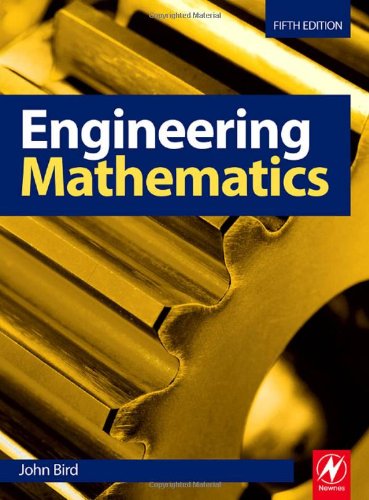

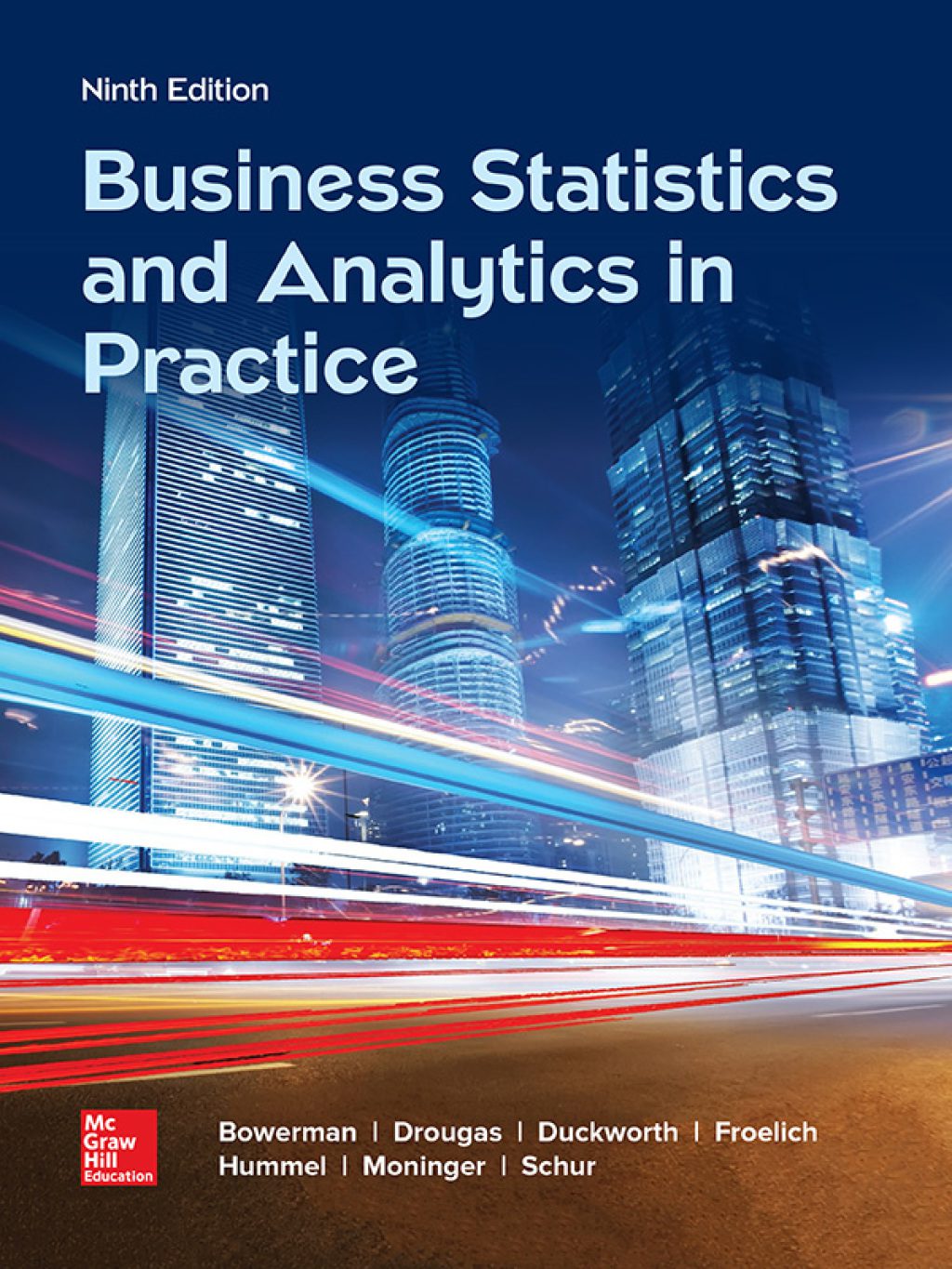
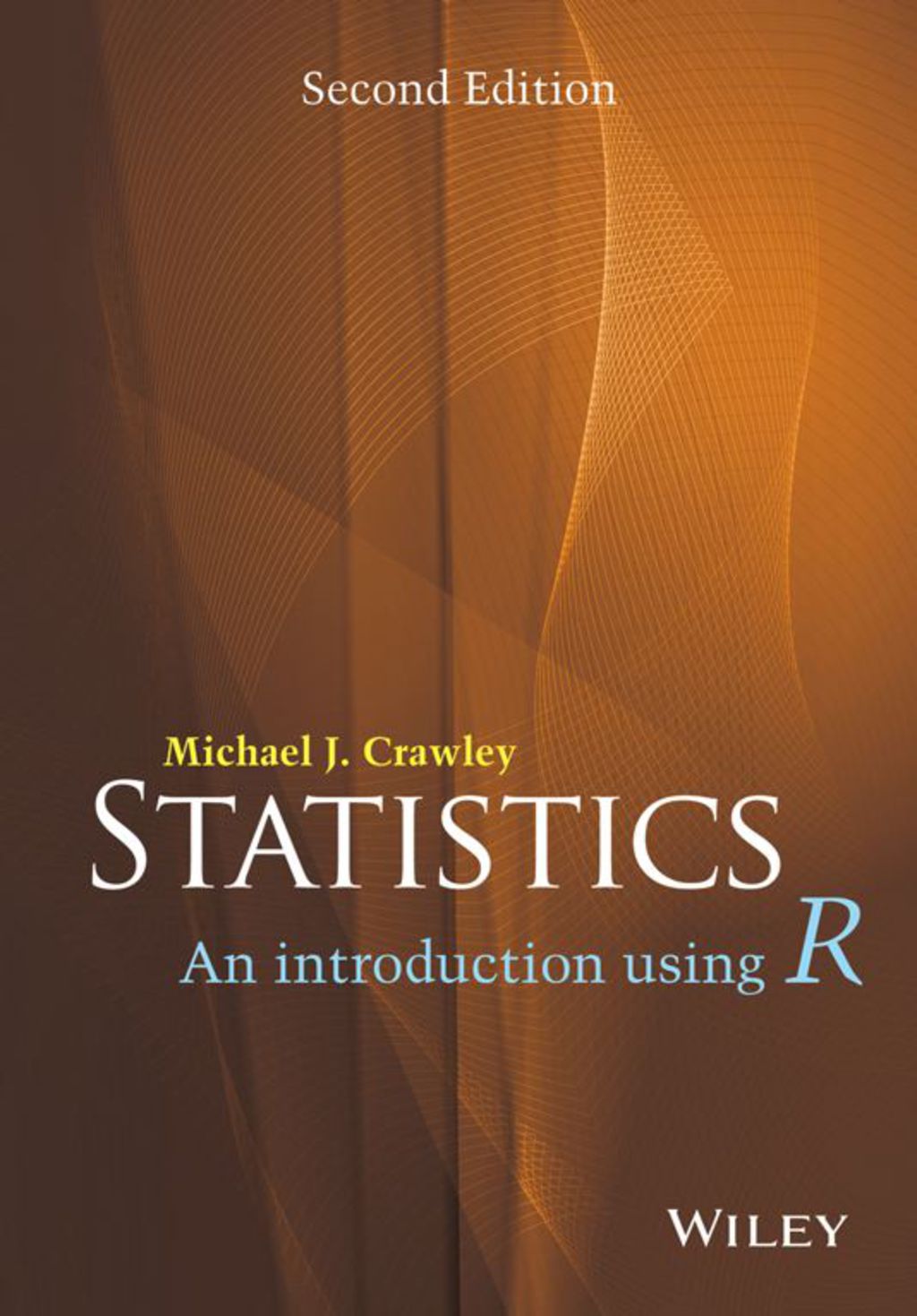
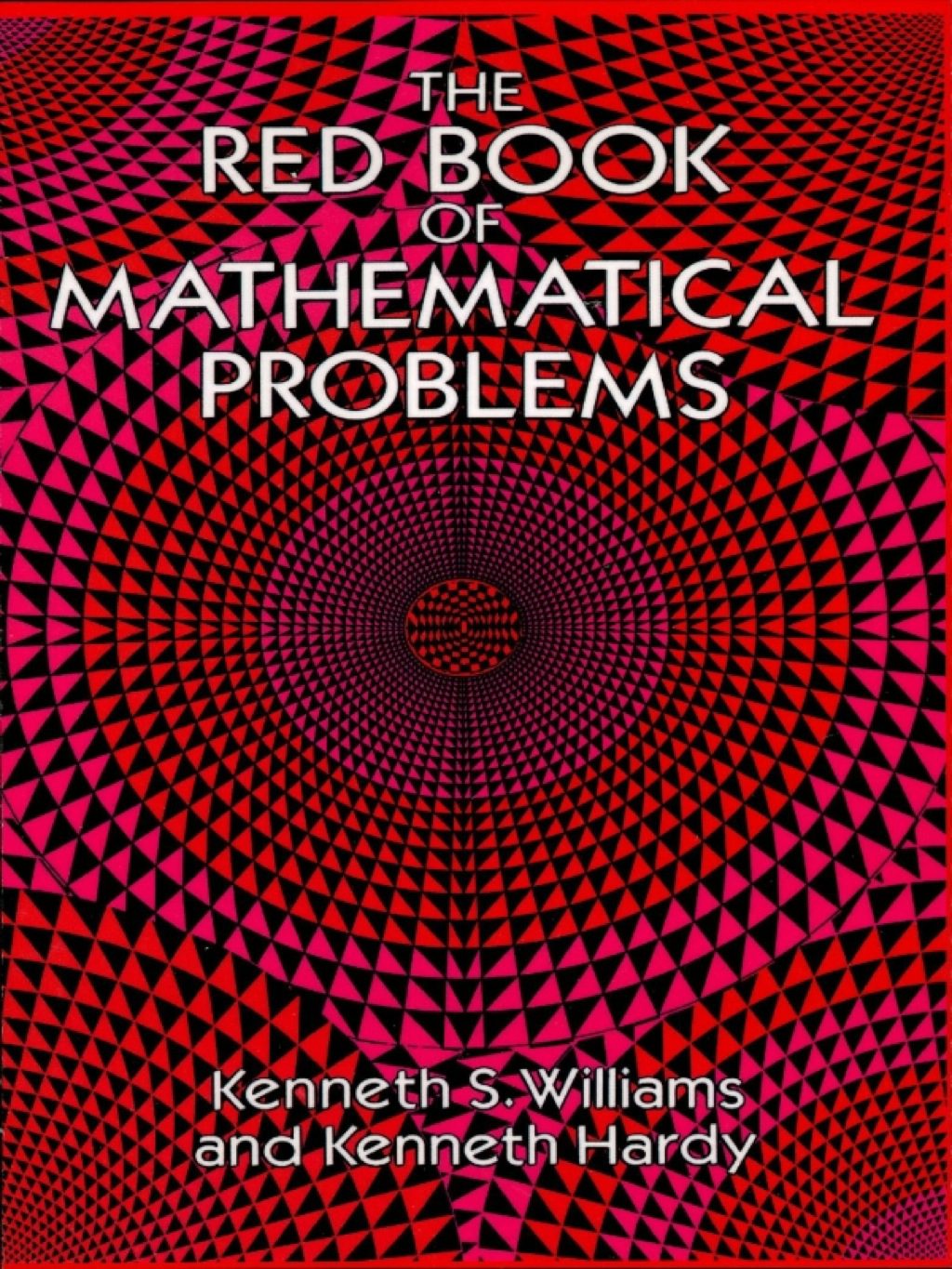

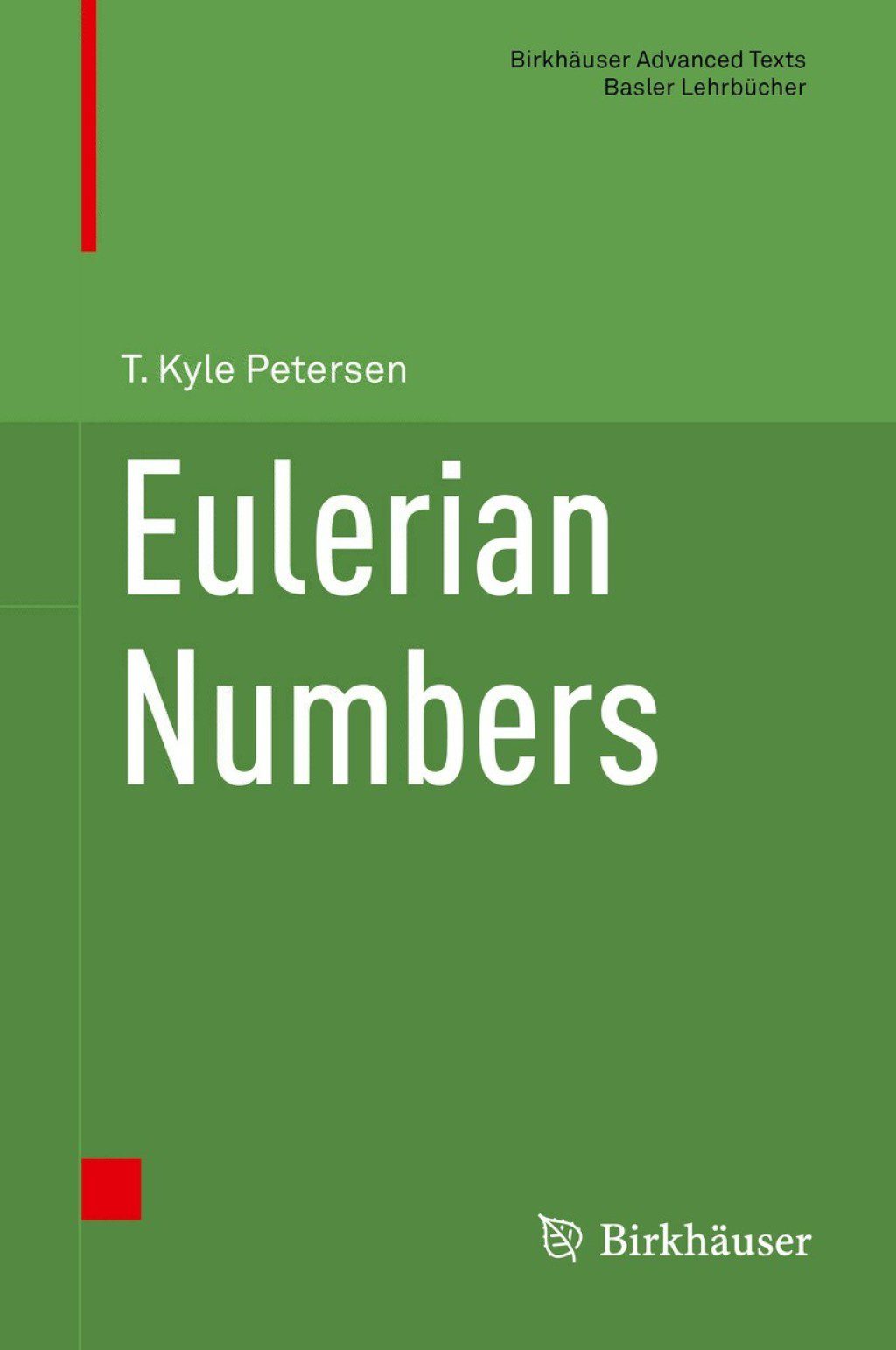
Reviews
There are no reviews yet.